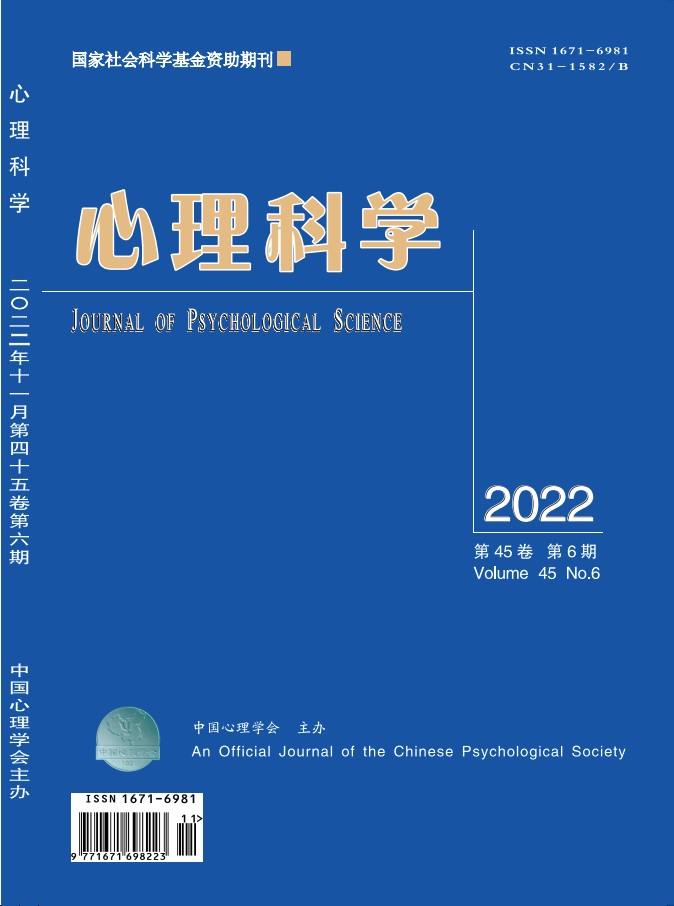|
|
Emotions and Illsion of Control Influence Herd Behavior
Jun ZHOU
2013, 36(4):
936-941.
Herd behavior is a typical irrational behavior in stock markets. Investors’ herd behaviors are motivated by exogenous variable such as information asymmetry, information uncertainty or ambiguity, high information cost, homogeneousness of investors, etc. and endogenous variables such as confirmity, need of rewarding or reputation, cognitive heuristics, investors' traits and emotions, illusion of control, etc., and they may explain observations of excess volatility of stock markets.
This study’s purposes are to examine the impact of specific emotions and illusion of control of individual investors on herd behavior. A 3×2 between-subjects design crossed a emotions manipulation(neutral, happiness and fear)with an illusion of control manipulation(high, low) and one hundred eighty-two participants were assigned to six experimental conditions. After completing judgment-of-control task adapted from Alloy & Clements(1992), 35% of the lower and upper of 182 participants were divided into high or low of illusion of control according to illusion of control composite index scores. Then participants entered specific emotion-elicited procedure. They put on the headset and watched one of three film clips on the computer, which depended on the experimental condition, following to have self-reflective writing in order to make the emotional experiences more personally meaningful and intense. Last, participants attended a 12-periods invest decision-making task by respectively three-emotions group. After completing all the tasks, participants were asked to describe specific emotions by PANAS-X scale. Dependent variable was each participant’s herd behavior.
The results found three emotions control conditions effectively stimulated specific emotions, i.e. neutral, happiness, and fear, and individual analyses of variance(ANOVAs) on self-reported experience of happiness, F(2,179)=172.10, and fear, F(2,179)=440.76, revealed strong emotion-induction effects(ps<.001). The main effects of specific emotions(F(2, 114) = 164.61, p< .001,η2=0.74) and illusion of control(F(1, 114) = 62.67, p< .001,η2=0.36) to the buy herd behavior were all significant. As the "emotions" hypothesis predicted, happy individuals’ buy herd behavior(M = 0.99 , SD = 0.86) was the highest, and neutral individuals’ (M = -0.04 , SD = 0.48)was second, and fear individuals’ (M = -0.95 , SD = 0.38) was the lowest. Compared with low illusion of control individuals’(M = -0.35 , SD = 0.78), high illusion of control individuals’ (M = 0.35 , SD = 1.08) buy herd behavior was more. The main effects of specific emotions(F(2, 114) = 163.38, p< .001,η2=0.74) and illusion of control(F(1, 114) = 63.82, p< .001,η2=0.36) to the sell herd behavior were all significant. As the "emotions" hypothesis predicted, fear individuals’ sell herd behavior(M = 1.02 , SD = 0.87)was the highest, and neutral individuals’ (M = -0.12 , SD = 0.57)was second, and happy individuals’ (M = -0.90 , SD = 0.28) was the lowest. Compared with high illusion of control individuals’ (M = -0.35 , SD = 0.73), low illusion of control individuals’ (M = 0.35 , SD = 1.11)sell herd behavior was more. More importantly, a significant interaction between emotions and illusion of control also emerged(F(2, 114) = 7.94, p < .01,η2=0.12). Simple effect analysis indicated that with happy emotion high illusion of control investors were disposed to optimistic buy herd behavior, and with fear emotion low illusion of control investors were disposed to pessimistic sell herd behavior.
The current results suggest that specific emotions and illusion of control do have effects on investors’ herd behavior. Besides advancing theories of emotion and illusion of control influencing investors’ decision making, these results have some pragmatic implications. Whether herd behavior is irrational , rational or bounded rational is future research direction.
Related Articles |
Metrics
|

